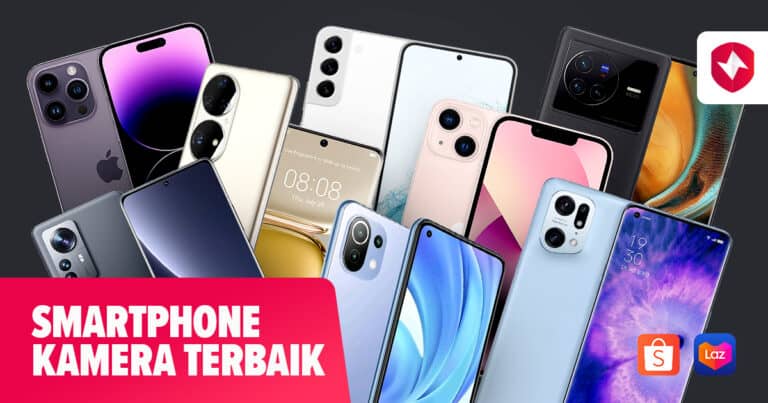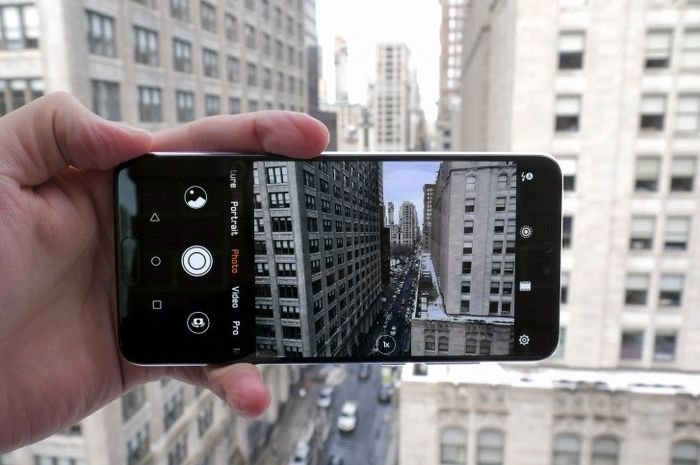The Ultimate Guide to Smartphone Cameras: Finding the Best Camera for Your Needs
In today’s digital age, smartphones have become indispensable tools, and among their many features, the camera stands out as one of the most frequently used. The evolution of smartphone cameras has been nothing short of remarkable, with manufacturers constantly pushing the boundaries of technology to deliver exceptional image quality and versatile shooting experiences. With a plethora of smartphones boasting impressive camera capabilities, choosing the best one can be a daunting task. This comprehensive guide aims to demystify the world of smartphone cameras, providing you with the knowledge and insights necessary to make an informed decision based on your specific needs and preferences.
Understanding the Key Components of a Smartphone Camera
Before delving into specific smartphone models, it’s crucial to understand the key components that contribute to a camera’s overall performance. These components work in harmony to capture stunning images and videos, and understanding their roles will empower you to evaluate different smartphone cameras effectively.
-
Image Sensor: The image sensor is the heart of any camera, responsible for capturing light and converting it into an electrical signal that forms the image. Larger sensors generally capture more light, resulting in better low-light performance, wider dynamic range, and improved image detail. Common sensor sizes in smartphones include 1/2.55", 1/2", 1/1.7", and 1".
-
Lens: The lens focuses light onto the image sensor, and its quality significantly impacts the sharpness, clarity, and overall image quality. Key lens characteristics include:
- Aperture: The aperture is the opening in the lens that controls the amount of light entering the camera. A wider aperture (lower f-number, such as f/1.8) allows more light, resulting in better low-light performance and shallower depth of field.
- Focal Length: Focal length determines the field of view captured by the camera. Wider focal lengths (e.g., 24mm) capture more of the scene, while longer focal lengths (e.g., 50mm) provide a narrower field of view and greater magnification.
- Optical Image Stabilization (OIS): OIS compensates for camera shake, resulting in sharper images and smoother videos, especially in low-light conditions.
-
Image Processor: The image processor is responsible for processing the raw data from the image sensor, applying various algorithms to enhance image quality, reduce noise, and improve dynamic range. Powerful image processors enable features like HDR, night mode, and AI-powered scene recognition.
-
Megapixels: Megapixels (MP) refer to the number of pixels in an image. While a higher megapixel count can result in more detailed images, it’s not the sole determinant of image quality. Other factors, such as sensor size and lens quality, play a more significant role.
Key Features to Consider When Choosing a Smartphone Camera
When evaluating smartphone cameras, consider the following key features:
-
Image Quality: Image quality is the most critical factor, encompassing sharpness, detail, color accuracy, dynamic range, and noise performance. Look for cameras that produce clear, detailed images with accurate colors and minimal noise, even in challenging lighting conditions.
-
Low-Light Performance: Low-light performance is crucial for capturing stunning photos and videos in dimly lit environments. Cameras with larger sensors, wider apertures, and effective noise reduction algorithms excel in low-light situations.
-
Zoom Capabilities: Zoom capabilities allow you to capture distant subjects without sacrificing image quality. Optical zoom provides true magnification without digital cropping, while digital zoom uses software to enlarge the image, often resulting in reduced image quality.
-
Video Recording Capabilities: Video recording capabilities are essential for capturing high-quality videos. Look for cameras that support 4K resolution, high frame rates (e.g., 60fps), and advanced video features like HDR and cinematic mode.
-
Software and Features: The camera software and features play a significant role in the overall shooting experience. Look for cameras with intuitive interfaces, versatile shooting modes (e.g., portrait mode, night mode, panorama mode), and AI-powered scene recognition.
Top Smartphone Cameras in 2024
Based on the criteria discussed above, here are some of the top smartphone cameras in 2024:
-
Samsung Galaxy S24 Ultra: The Samsung Galaxy S24 Ultra boasts a versatile quad-camera system, featuring a 200MP primary sensor, a 12MP ultrawide lens, a 10MP telephoto lens with 3x optical zoom, and a 10MP periscope telephoto lens with 10x optical zoom. It excels in image quality, low-light performance, zoom capabilities, and video recording.
-
iPhone 15 Pro/Pro Max: The iPhone 15 Pro and Pro Max feature a triple-camera system, including a 48MP primary sensor, a 12MP ultrawide lens, and a 12MP telephoto lens with 3x optical zoom (Pro) or 5x optical zoom (Pro Max). They deliver exceptional image quality, accurate colors, and smooth video recording.
-
Google Pixel 8 Pro: The Google Pixel 8 Pro boasts a dual-camera system, featuring a 50MP primary sensor and a 12MP ultrawide lens. It excels in image processing, dynamic range, and low-light performance, thanks to Google’s computational photography prowess.
-
Xiaomi 14 Pro: The Xiaomi 14 Pro features a triple-camera system, including a 50MP primary sensor, a 50MP ultrawide lens, and a 50MP telephoto lens. It delivers exceptional image quality, versatile zoom capabilities, and impressive low-light performance.
-
Oppo Find X7 Pro: The Oppo Find X7 Pro boasts a triple-camera system, featuring a 50MP primary sensor, a 50MP ultrawide lens, and a 50MP periscope telephoto lens with 3x optical zoom. It excels in image quality, zoom capabilities, and low-light performance, thanks to its advanced image processing algorithms.
Tips for Taking Stunning Photos with Your Smartphone
Even with the best smartphone camera, you can further enhance your photos by following these tips:
-
Clean the Lens: Before taking a photo, ensure that the lens is clean and free of smudges or fingerprints.
-
Focus Carefully: Tap on the screen to focus on your subject, ensuring that it is sharp and clear.
-
Use Proper Lighting: Good lighting is essential for capturing stunning photos. Avoid shooting in direct sunlight or overly dark environments.
-
Experiment with Angles and Composition: Try different angles and compositions to create visually appealing photos.
-
Use HDR Mode: HDR mode can help to capture more detail in scenes with high contrast.
-
Edit Your Photos: Use photo editing apps to enhance your photos, adjust colors, and remove blemishes.
Conclusion
Choosing the best smartphone camera depends on your specific needs and preferences. By understanding the key components of a smartphone camera, considering the key features, and exploring the top smartphone models, you can make an informed decision and capture stunning photos and videos with your smartphone. Remember to experiment with different settings and techniques to unlock the full potential of your smartphone camera and capture memories that will last a lifetime.

